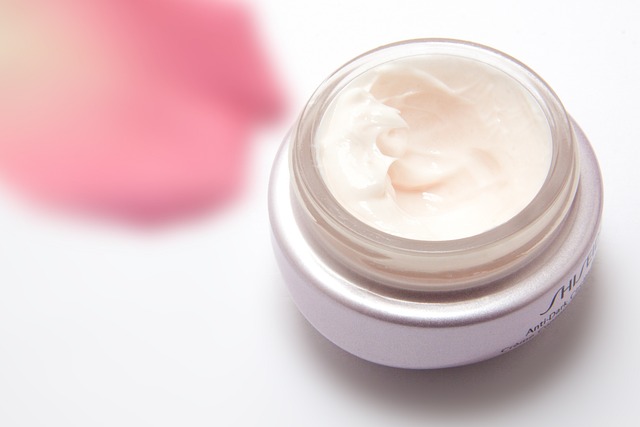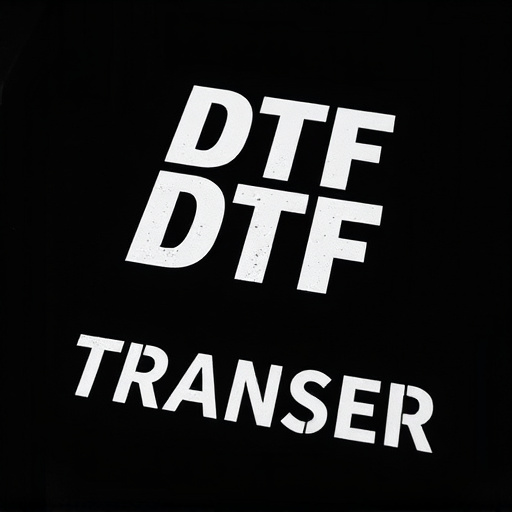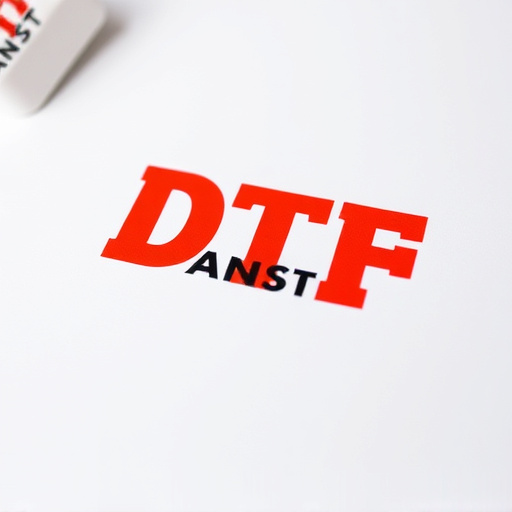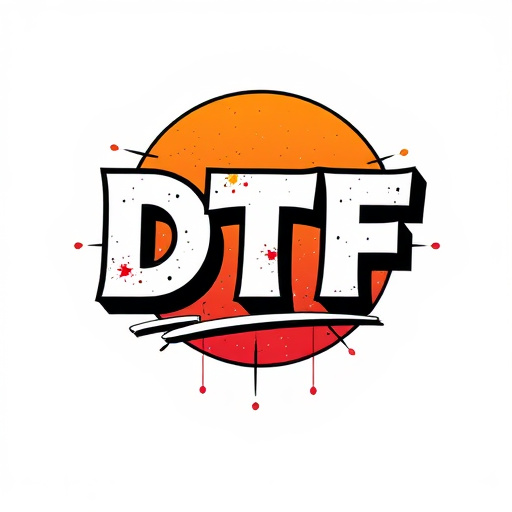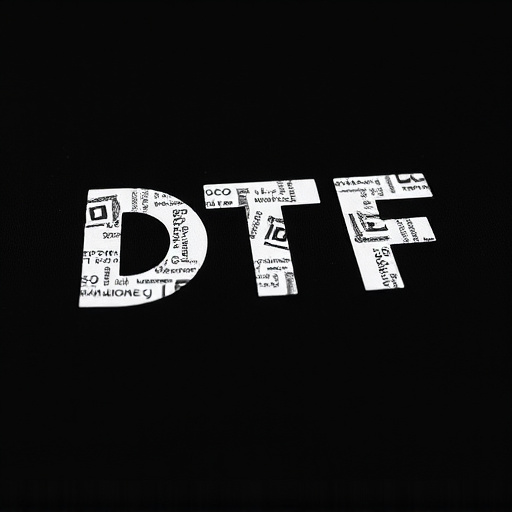Direct-To-Film (DTF) transfers revolutionize printing with their exceptional precision in reproducing thin lines and intricate details, setting a new standard for print quality. This technology is vital across industries, from art to aerospace, ensuring accurate and detailed reproductions on various media. High-quality DTF transfers, achieved through specialized inks and advanced printing technologies, offer superior color accuracy and durability. Choosing the right transfer films with strong adhesiveness is critical for seamless fusion with original art. Using high-resolution digital images and specialized equipment ensures flawless reproduction of even microscopic details, making DTF transfers indispensable for professionals demanding top-tier fidelity.
“Discover the art of precision printing with DTF (Direct to Film) Transfers. This innovative technology revolutionizes the way we reproduce intricate designs, offering unparalleled detail accuracy. Our article explores the intricacies of DTF transfers, from understanding their fundamentals to highlighting the significance of precise line reproduction. We’ll guide you through the key features, materials, and techniques ensuring optimal results. Uncover real-world applications where DTF transfers excel, transforming industries with their exceptional quality.”
- Understanding DTF Transfers: A Brief Overview
- The Importance of Precision in Line Reproduction
- Key Features of High-Quality DTF Transfers
- Choosing the Right Materials for Optimal Results
- Techniques to Ensure Accurate Transfer Details
- Real-World Applications and Benefits of DTF Transfers
Understanding DTF Transfers: A Brief Overview

DTF Transfers, or Direct-To-Film transfers, are a cutting-edge technology in the printing industry that allows for incredibly precise reproduction of thin lines and intricate details. This process involves transferring an image directly onto film, enabling high-quality replication across various media, from textiles to ceramics. By utilizing specialized inks and techniques, DTF Transfers can accurately capture even the most delicate line weights and complex patterns.
Unlike traditional printing methods, DTF offers unparalleled detail retention, making it a favorite among artists and designers who demand precision. The technology’s ability to precisely control ink deposition ensures that fine lines remain sharp and consistent, enhancing the overall visual impact of the final product. This innovative approach has revolutionized various industries, elevating the standards for print quality and opening up new creative possibilities.
The Importance of Precision in Line Reproduction

In the realm of artistic reproduction, especially with intricate works featuring thin lines and delicate details, the precision of the transfer process is paramount. When it comes to DTF (Direct-to-Film) transfers, achieving accuracy in line reproduction is a true art. Each fine line, no matter how subtle, must be faithfully replicated onto the new medium, whether it’s canvas, paper, or digital format. This meticulous attention to detail ensures that the original artist’s vision is maintained, allowing viewers to appreciate the intricacies intended by the creator.
The impact of precise line reproduction extends beyond mere visual fidelity. It influences the overall aesthetic experience, engaging the viewer in a deeper connection with the artwork. In the case of detailed illustrations or historical documents, accurate transfers preserve not just images but also traces of human creativity and skill. This is especially crucial for archivists, historians, and artists who rely on faithful reproductions to communicate their work effectively and pass down cultural heritage.
Key Features of High-Quality DTF Transfers

High-quality DTF (Direct to Film) transfers are characterized by several key features that set them apart from lower-grade alternatives. One of the most critical aspects is their ability to reproduce thin lines and intricate details with remarkable accuracy. This precision is achieved through advanced printing techniques that use specialized inks and high-resolution screens, ensuring every minute element is captured flawlessly on the final print.
Additionally, top-tier DTF Transfers offer excellent color accuracy and vibrant hues, providing a rich visual experience. The materials used are designed to be durable and weather-resistant, making them suitable for both indoor and outdoor applications. This longevity ensures that the transferred designs maintain their integrity over time, making DTF Transfers a preferred choice for professionals seeking high-fidelity reproductions.
Choosing the Right Materials for Optimal Results
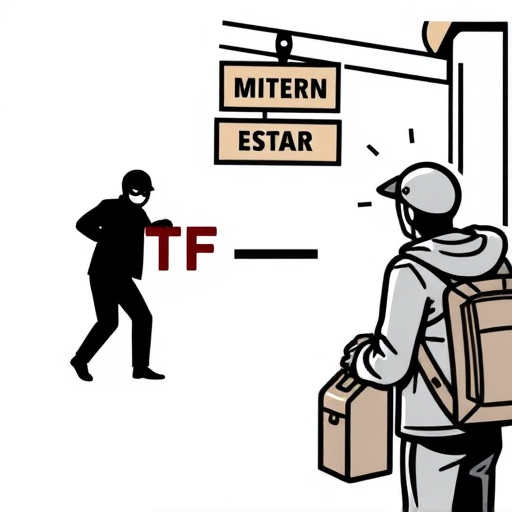
When it comes to achieving precise and detailed transfers, selecting the appropriate materials is paramount. In the realm of DTF (Direct-To-Film) transfers, the choice of media plays a crucial role in determining the final outcome. High-quality transfer films designed for intricate line work and fine details are essential to reproduce every nuance accurately. These specialized films offer exceptional resolution and clarity, ensuring that even the tiniest lines and intricate patterns are transferred with precision.
The material’s adhesiveness and compatibility with various substrates are additional factors to consider. Opting for materials with excellent adhesion guarantees a secure bond between the original art and the transfer film, minimizing the risk of smudging or misalignment during the transfer process. Moreover, choosing a DTF transfer film compatible with your target surface ensures a seamless fusion, allowing artists to achieve professional-grade results in their projects.
Techniques to Ensure Accurate Transfer Details

To achieve accurate transfers with thin lines and intricate details, several techniques can be employed, especially when dealing with DTF (Direct to Film) Transfers. One key method is using high-resolution digital images as a foundation. Starting with crisp, clear source material ensures that every line and detail is captured accurately. This step is crucial for complex designs with fine lines, ensuring they translate precisely onto the final medium.
Additionally, specialized equipment plays a vital role. High-end scanners and printers capable of handling fine details are essential tools. These devices should offer excellent resolution and color accuracy to reproduce even the smallest elements accurately. Calibrating and maintaining this equipment regularly is also important to guarantee consistent results.
Real-World Applications and Benefits of DTF Transfers

In various industries, the DTF Transfer has become an indispensable tool for achieving precise and intricate designs. From the automotive sector to medical device manufacturing, accurate line reproduction is crucial. This technology enables the creation of fine details, from microscopic components on electronic circuits to delicate artistic renderings on decorative objects. The ability to transfer these lines and patterns with such precision opens up a world of possibilities for creators and engineers alike.
In real-world applications, DTF Transfers offer significant benefits. They streamline production processes, reduce human error, and improve overall product quality. In industries where precision is key, such as aerospace or jewelry making, these transfers ensure consistent and repeatable results. This not only enhances productivity but also guarantees that each final product meets the required standards, fostering a culture of excellence and attention to detail.

